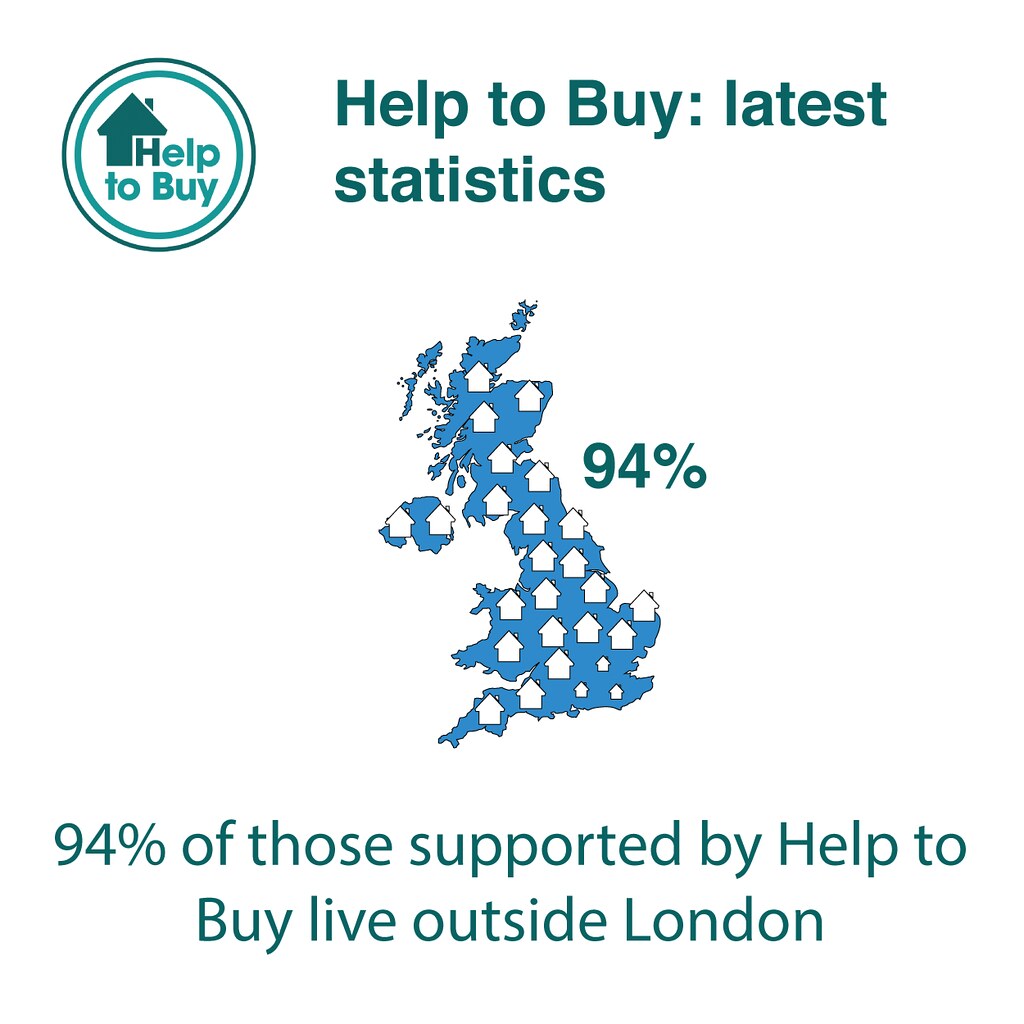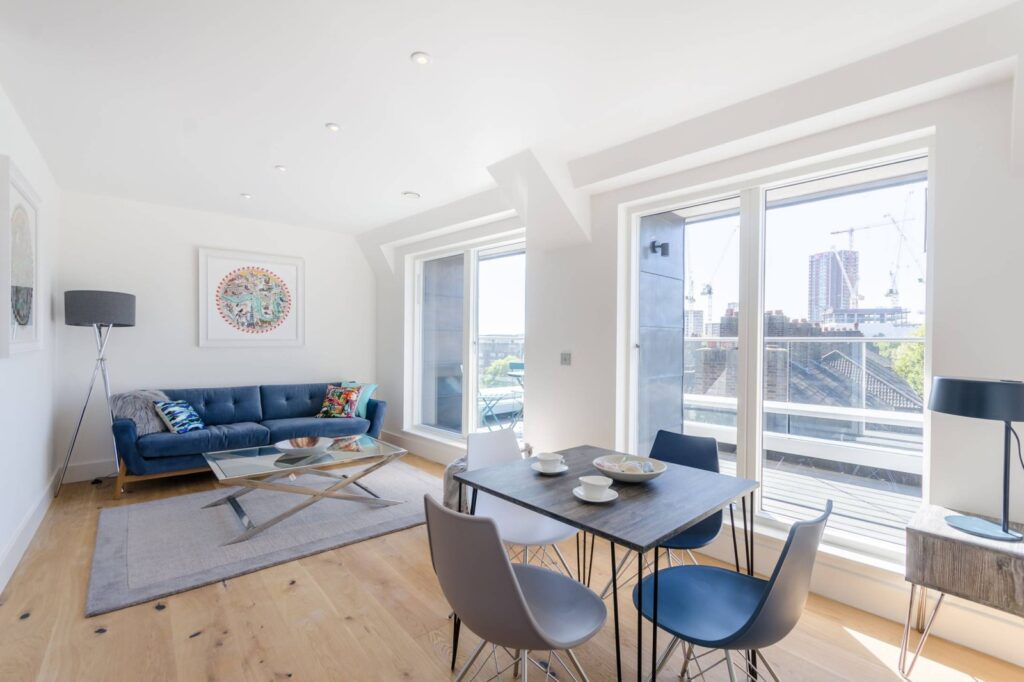The ‘Help to Buy‘ scheme launched by George Osbourne in 2013 has recently appeared back into the spotlight after Prime Minister, Theresa May pledged a further £10m into the scheme; details on the source of funding shall be unveiled in the budget on 22 Nov 2017. The programme which offers to extend the opportunity of homeownership to first time buyers and lower-income households while admirable comes with a set of questions and concerns.

The latest figures from the Department of Communities and Local Government show that from the launch in 2013 up to the end of June 2017, 134,558 properties had been purchased through the scheme. A vast number were purchased by first-time buyers – 108,620 of them, or just over 80%. But does this scheme seems too good to be true? Let’s find out.
The Good
The Help to Buy scheme has given some hope to millennials and young people trying to get a foot on the property ladder, over the years as many know saving up for a deposit and getting a mortgage have been proving harder and harder for young people in the capital forcing people to get iced out of the city or move elsewhere toward the midlands. Another interesting factor is how much attention the scheme is putting back onto new build homes. New build homes have been a hit or miss in Britain with 75% of people saying that they would never purchase one, according to research by the Royal Institute of British Architects.
The Bad
The downsides of the policy are also apparent, however. First, the benefits of the policy are enjoyed mainly by households who have incomes considerably above the national median income for working households (ONS), and who would very likely have bought their own home in most circumstances in the first place. That being said, the scheme is not helping households who actually needed help to get on the property ladder. The 2016 report sets out that the median income of working-age households in England is £507, or (adjusting for tax) under £30k a year. In contrast official (2016) DCLG tables indicate that the median income of those benefiting from this help to buy schemes is £42k. Meaning, that only one in five of the households benefiting had incomes less than the national median.
Is it helping?
Supply isn’t quite keeping up with demand in the case of the ‘Help to Buy’ scheme – but more importantly, earnings are not keeping up with the prices that were set out in the 2016 Redfern Report into the decline of homeownership, and this is making ownership increasingly unaffordable, the opposite effect of the scheme in question.

In this circumstance, the low-cost ownership schemes should be better targeted toward low-income groups who need specific support to move onto the property ladder. If not, their impact may be to push up prices. There are many groups for whom homeownership would be a new and difficult transition, due to no family background of ownership, or other barriers. In stark contrast, we also know from other research published by the Social Mobility Commission in 2017 that a third of first-time buyers in England now receive help from parents or family members. The income limits on low-cost ownership schemes do not prevent this latter, privileged, group from also benefiting from those government schemes in addition to family support – compounding the lack of targeting those most in need.
The extra £2bn set aside for social and affordable housing, while welcome would provide around 5,000 new homes a year, in a situation where waiting lists for social housing and the pressure of rough sleeping, are both areas for considerable concern.
What more can be done?
Let’s have a look at Australia and the United States, as models for better-targeted housing schemes to existing. In these two countries and others, programmes run which not only curb assistance to households within a 1.5 limit above the median income, but also provide advice, practical assistance, and wider support around the risks and responsibilities of homeownership.


